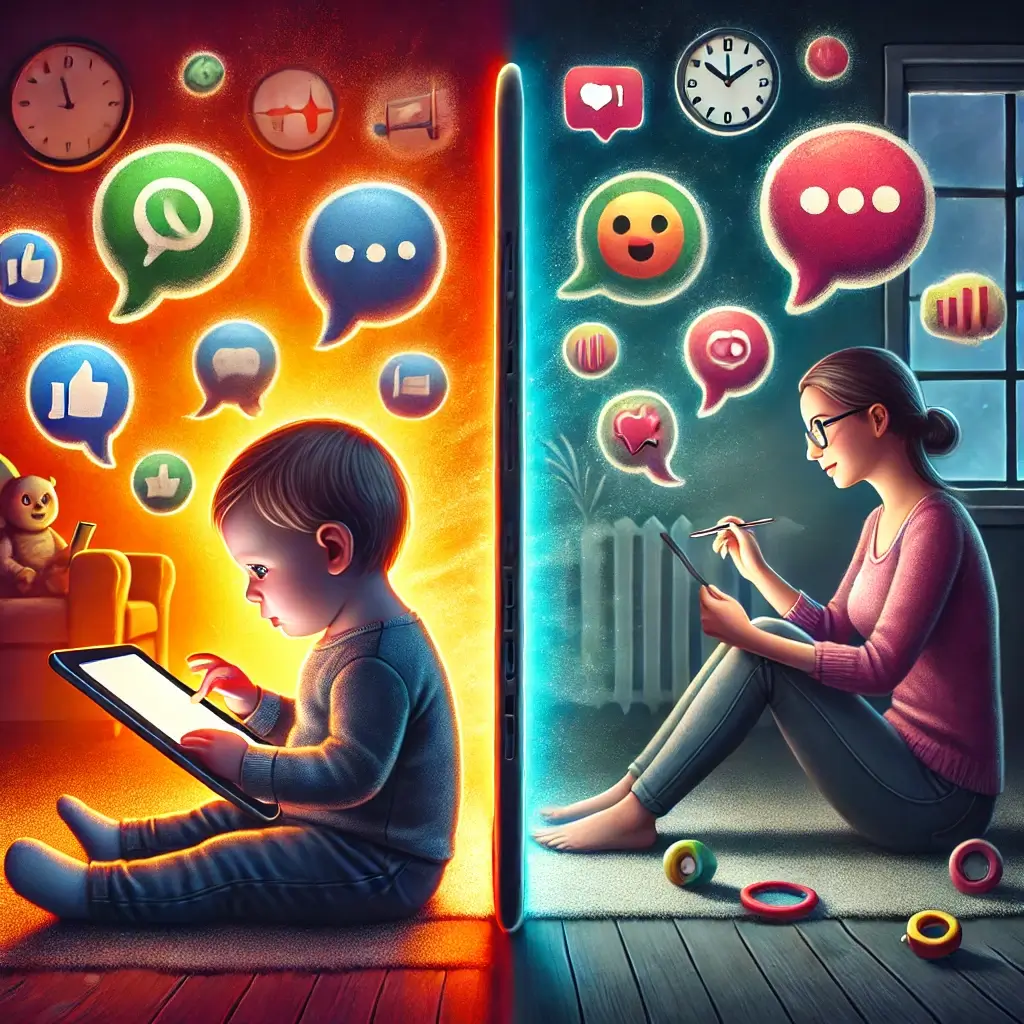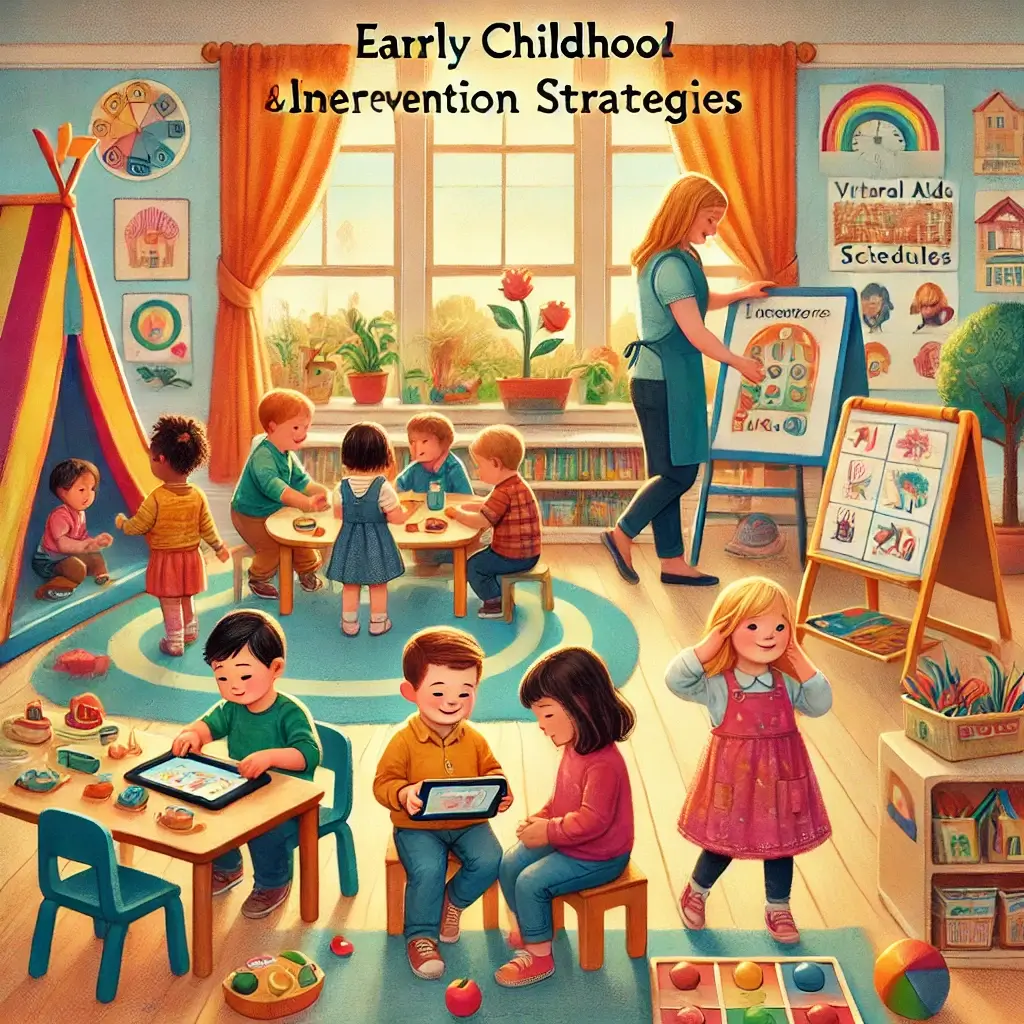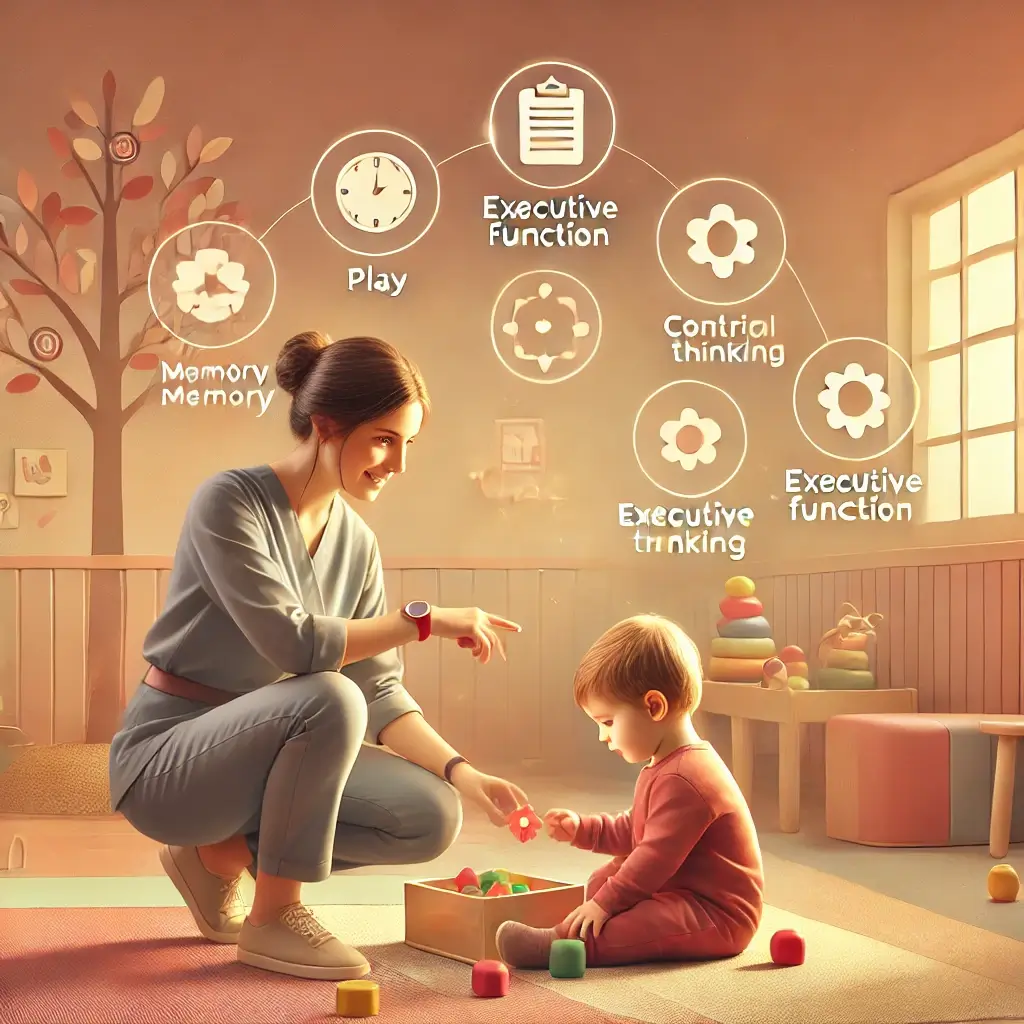The Digital Dilemma: New Research Reveals How Screen Time Affects Your Toddler’s Language Development
Digital Revolution in Early Childhood Development
The advent of digital technology has revolutionized how toddlers interact with their environment. Devices such as tablets, smartphones, and televisions are increasingly becoming staples in households, often playing dual roles as educational tools and sources of entertainment. However, while these devices offer innovative ways to engage young minds, they also raise critical concerns regarding their impact on language development—a fundamental aspect of early childhood growth.
Critical Early Years of Language Formation
The first three years of life are marked by rapid language acquisition, heavily influenced by interactions with caregivers and the surrounding environment. These interactions form the bedrock of vocabulary development, social communication skills, and cognitive growth. In a world where screens are omnipresent, striking a balance between leveraging technology and fostering organic learning experiences has become a pressing challenge for parents and educators alike.
The Dual Nature of Screen Time
Research underscores the nuanced effects of screen time on toddlers. While interactive and high-quality content can support language learning, unstructured or excessive screen exposure may hinder the developmental progress. This article explores these effects in depth, highlighting actionable strategies and evidence-based recommendations to help families create a healthy balance between screen use and real-world interactions.
Latest Research on Screen Time Impact
Interactive vs. Passive Engagement A pivotal 2024 study in JAMA Pediatrics followed 2,500 toddlers over two years, assessing the impacts of different screen use modalities. Results showed that interactive engagement with screens—such as responding to prompts or participating in educational games—enhanced language acquisition, whereas passive screen exposure led to a 45% reduction in verbal exchanges (JAMA Pediatrics, 2024).
Expert Insights on Interactive Screen Time
Developmental psychologist Dr. Sarah Thompson explains, “Interactive screen use mimics the give-and-take of real-world communication, which is essential for language development. In contrast, passive viewing does not provide the same opportunities for engagement or learning.”
Content Quality and Language Development
The Journal of Pediatric Communication (2024) highlights that the type and quality of screen content significantly affect language outcomes: Educational content featuring age-appropriate pacing and interactive elements improved vocabulary by 35%. Background television, a common source of ambient screen exposure, reduced parent-child verbal exchanges by 40%, underscoring its disruptive influence on natural communication.
Duration and Timing Effects
Timing also plays a critical role. A 2024 NIH study revealed that toddlers exposed to more than two hours of daily screen time were 65% more likely to experience language delays than their peers with limited exposure. Additionally, evening screen use interfered with bedtime routines, further reducing opportunities for caregiver interactions and vocabulary retention.
Identifying Screen-Related Development Issues
Speech-language pathologist Dr. Michelle Wong outlines potential red flags associated with screen overuse: Delayed word production compared to age-matched peers, Reduced responsiveness to verbal cues, Over-reliance on gestures or pointing instead of speech.
Strategic Approaches for Parents
To foster healthy language development in the digital age, parents can adopt the following strategies: Prioritize High-Quality Content, Choose educational programs designed for toddlers, focusing on interactive and language-rich material. Avoid background television and non-educational videos, which have been shown to disrupt language acquisition.
Screen Time Management Guidelines
Follow AAP guidelines, which recommend avoiding screens for children under 18 months (except for video chatting), and limiting screen time for toddlers aged 2–3 years to one hour of high-quality programming daily.
Active Screen Time Engagement
Co-view content with your child, discussing themes and encouraging them to describe what they see or hear. Use screen-based activities as a springboard for real-world applications, such as practicing new vocabulary during playtime.
Alternative Language Development Activities
Establish routines that emphasize reading, storytelling, and interactive play. Create opportunities for toddlers to engage in face-to-face communication during daily activities, whether during mealtime or outdoor activities.
Development Monitoring
Stay vigilant for signs of language delays, and seek professional advice if concerns arise. Early intervention for language development can significantly improve outcomes.
Finding Balance in the Digital Age
The increasing prevalence of digital screens in toddlerhood presents both opportunities and challenges. While technology can serve as a valuable tool for language development when used mindfully, it cannot replace the richness of direct human interaction. Parents and caregivers play a vital role in shaping how screens are integrated into their children’s lives, ensuring that technology supports rather than hinders early developmental milestones.
Creating a Supportive Digital Environment
By focusing on high-quality content, limiting screen exposure, and emphasizing real-world engagement, families can strike a balance that fosters strong language skills. As Dr. Emily Roberts from the Child Development Institute aptly puts it, “Screens are not inherently harmful, but their effects depend on how they are used. Thoughtful management of screen time for language development is the key to nurturing a toddler’s language development in a digital world.”
Research Sources
JAMA Pediatrics. (2024). “Interactive vs. Passive Screen Time in Toddlers.”
Journal of Pediatric Communication. (2024). “Effects of Screen Content Quality on Early Childhood Development.”
NIH Toddler Development Study. (2024). “Screen Time and Language Delays: A Longitudinal Analysis.”
American Academy of Pediatrics Guidelines. (2024). “Screen Media Recommendations for Young Children.”
Child Development Institute Research Review. (2024). “Language Development in a Screen-Driven World.”













